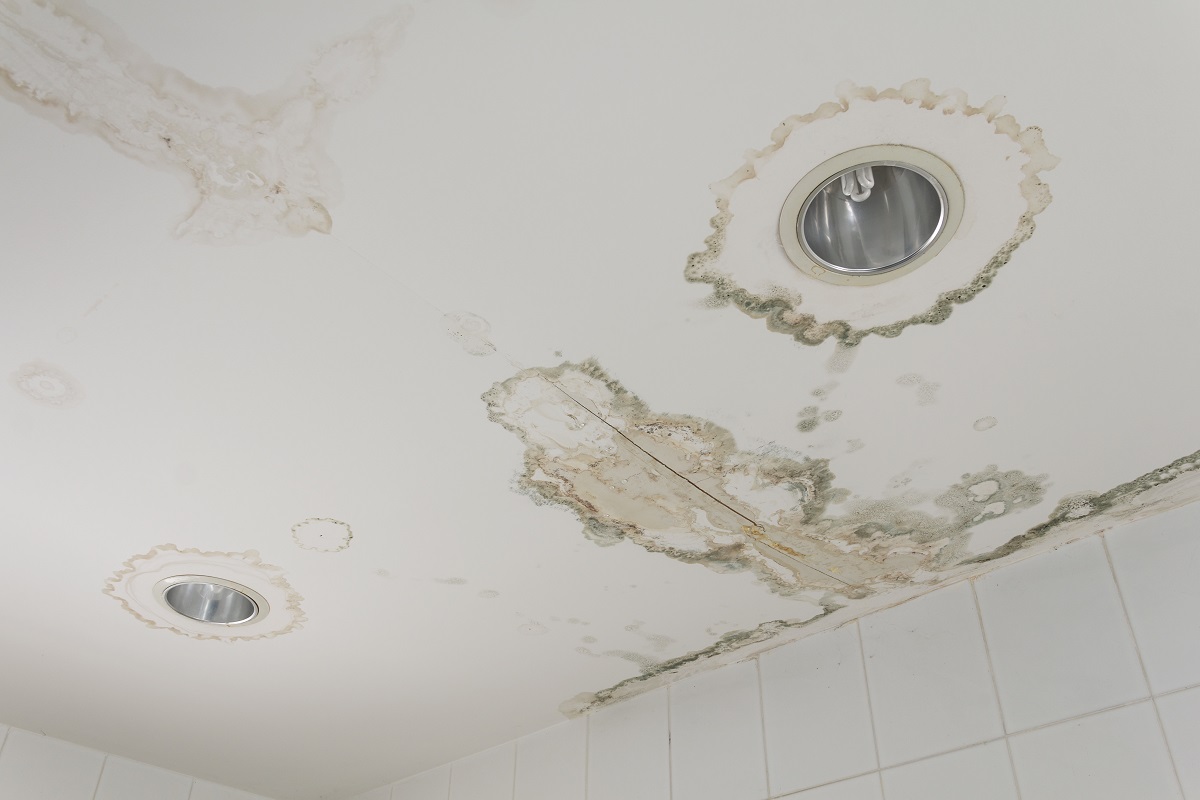Plumbing problems both major and minor can contribute to the onset of water damage within a home. Preventing the development of further water damage requires that homeowners move quickly to mitigate and resolve issues in their plumbing.
Faulty plumbing is one of the many causes of water damage within a home. Major plumbing accidents can cause unfathomable damage to a home’s walls, floors, and furnishings, and even tiny drips can become more than just an annoyance and a waste of water if left unaddressed for too long. Taking care of both major and minor plumbing issues as they happen can prevent homeowners from incurring expenses brought about by water damage.
The Extent of Water Damage
Water, so vital to everyday life, is also a very damaging substance in excess. If left to stand, pools of water would begin to harbour potentially pathogenic microorganisms. Prolonged exposure to water can cause metal to corrode and wallpaper and interior paints to deteriorate. Water-damaged walls and ceilings are unsightly to behold and can lead to further problems.
Specific conditions can allow hazardous mould and mildew to grow quickly, enveloping a damp surface—be it a wall, ceiling, insulation, or carpeted floor—extensively within the span of a day. Mould and mildew are a potential health hazard that could compromise the liveability of a residence.
Many household objects—including appliances, books, electronics, and furniture—can also be compromised by exposure to excess moisture. The damage caused by flooding, for instance, could often lead to staggering expenses in drying and restoring cherished household possessions.
First Aid
Major plumbing emergencies require immediate action; when a pipe suddenly bursts, it can quickly flood a home if not mitigated in some way, causing massive amounts of water damage to your home and household items. Addressing a plumbing problem that could lead to water damage often requires quick action and, in severe cases, professional assistance.
In the absence of a plumber, however, homeowners are not completely helpless; they can still rely on solutions can at least momentarily resolve the issue until professional help can arrive. Even stopping the flow of water goes a remarkably long way in preventing water damage while buying enough time to secure the assistance of a plumber.
Various solutions ranging from pipe clamps, connectors, and repair sleeves can act as a stop-gap to a leaking pipe.

Minor Scrapes
Even minor damage can eventually cause localized water damage in parts of a home or building. Thus, small-scale do-it-yourself plumbing repairs can assist in mitigating the extent of water damage caused by faults in the pipework. Besides being a key component in ensuring that major repairs are adequately leak-proof, plumbing adhesives and sealants can make quick work of minor damage to leaking pipes.
Recovering Items
Once the water subsides, it is paramount that homeowners dry the surrounding area and the objects in it to mitigate the amount of damage caused by any flooding or pooling of accumulated water. Electronics should be drained thoroughly before any attempts are made to turn them on.
Objects spared from the worst of the weather must be adequately dried to ensure that they remain functional and prevent the onset of decay. Whenever possible, items exposed to floodwater should also be disinfected to mitigate the spread of potentially harmful bacteria.
Portions of porous materials in the floors, walls, and ceiling (carpeting, insulating foam, fabrics, etc.) that have been immersed in water should be disposed of and replaced. This will address the problems of warping and prevent a larger section of the home from getting infested with mildew.
